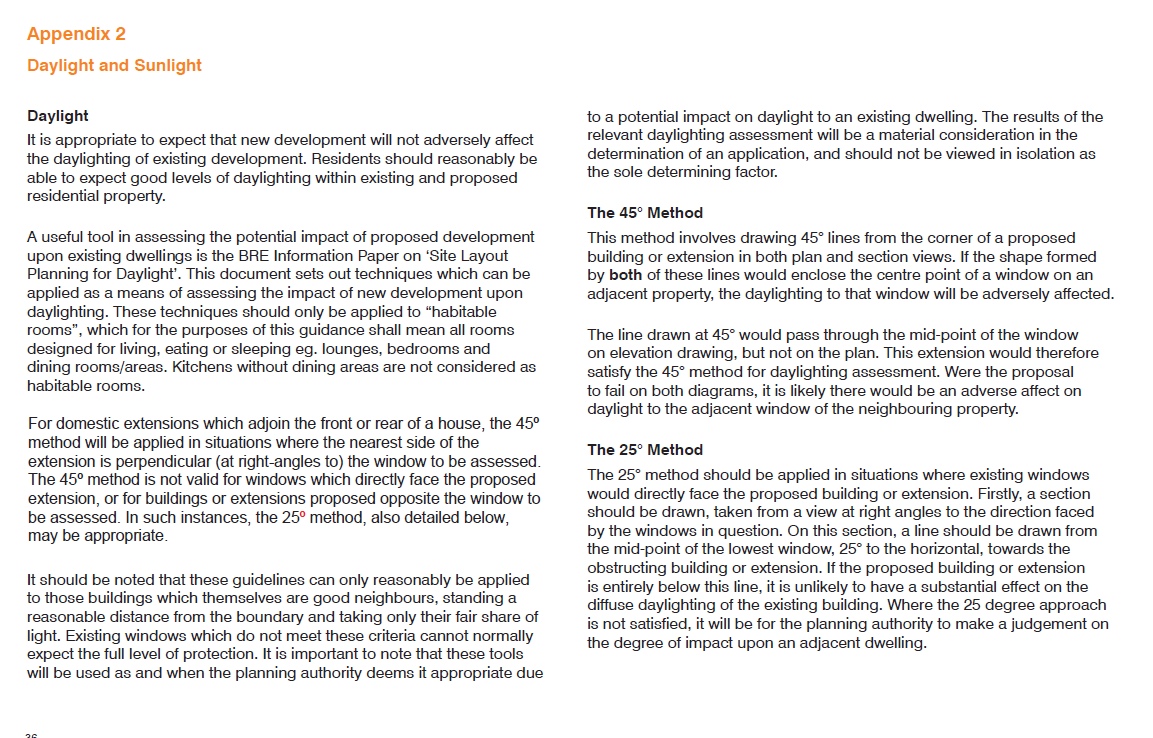Within the domain of property development, the concept of Right to Light has arisen as a key consideration for developers and homeowners alike. It covers the legal rights that residents have to access natural light via their openings. Understanding Right To Light Addington is crucial not only for ensuring compliance with the law but also for preventing potential disputes that can happen with surrounding residents who may feel their light access is being infringed upon. As urban landscapes transform and buildings reach higher into the skyline, the importance of Light Rights surveys has never been higher.
This article aims to dispel common myths surrounding Right to Light and provide clarity on what these surveys entail and why they matter. We will explore the history and legal foundation of Right to Light in the UK, highlight when to commission a survey, and discuss how these assessments impact planning permissions. With practical insights, real-world examples, and professional insights, readers will gain a thorough understanding of the right to light in property development to navigate this crucial aspect of real estate effectively.
Comprehending The Right to Light
The right to light is a legal concept that permits property holders to receive a specific level of daylight through their fenestrations. This right is based from common law and is notably important in city areas where buildings can hinder natural light. When a property has had light regularly for a number of seasons, the owner may have gained a claim to that light. This concept aims to reconcile the needs of property developers with the rights of existing landholders.
The relevance of the right to light in real estate development cannot be overstated. As urban areas grow and evolve, new projects often jeopardize the light access of adjacent properties. This is why understanding your legal right to light is vital for both builders and property owners. Failing to consider light rights can cause disputes and may even stop building projects, costing resources and money. Therefore, addressing right to light concerns in advance can facilitate smoother development consents and maintain positive community relations.

A right to light survey is an important instrument in assessing potential effects on daylight and sunlight availability before construction begins. By using this assessment, developers can identify and address any problems with adjacent landowners’ light rights. Understanding the juridical basis for these rights, which has evolved over centuries in the UK, ensures that builders can navigate planning permissions effectively while reducing the risk of legal disputes with adjacent property owners.
Legal Aspects
Understanding the legal structure surrounding Light Rights is crucial for property developers. In the UK, the Light Rights is established through traditional law and the Prescription Act 1832, allowing property owners to enjoy natural light without obstruction. If a neighboring development significantly diminishes the light available to a property, the affected owner may file for an infringement claim. Builders should be aware of these rights to avoid costly disputes and potential court issues.
When ordering a Light Rights survey, it is crucial to comply with relevant legal standards and protocols. The BRE provides important recommendations for evaluating daylight and sunlight levels. Adhering to these guidelines not only helps in fulfilling legal obligations but also enhances the likelihood of obtaining development permission. Proper records and assessments will demonstrate careful consideration in the face of potential challenges.
In light of neighboring properties' rights, developers must navigate the complex balance between their development objectives and existing light rights. Effective communication with nearby property owners can often preempt objections, allowing for more seamless project execution. Additionally, knowing the remedies available in cases of violation is vital, as compensation and modifications may resolve disputes amicably, thereby promoting a successful development journey.
Survey Process
Carrying out a Light Rights survey includes several key steps to ensure accurate assessment and conformity with regulatory requirements. At the outset, assessors will obtain data about the present light situations on the site in question. This entails evaluating the dimensions of the buildings involved and the vicinity to determine how much light is presently reaching windows and interior areas. This data collection is critical to establishing a starting point for the analysis of any suggested developments.
Following the necessary information has been collected, the assessors will analyze it using multiple tools and applications to model the effects of the suggested changes. This typically involves producing 3D models that visualize how light will shift with new construction. The surveys will generally follow the Building Research Establishment (BRE) guidelines, which supply a structure for assessing daylight and sunlight levels in relation to planning requirements. This step is important for determining whether the development will interfere on the light rights of adjacent properties and how the total light distribution will be impacted.
After analysis, the survey results are compiled into a comprehensive report on daylight and sunlight, which summarizes results, likely impacts, and recommended actions. This report not only serves as a key asset for development proposals but also helps promote discussions with involved individuals, including adjacent property owners who may have objections. When potential disputes arise regarding light rights, the report can strengthen discussions or legal proceedings, ultimately protecting both developers and affected parties in the zoning process.
